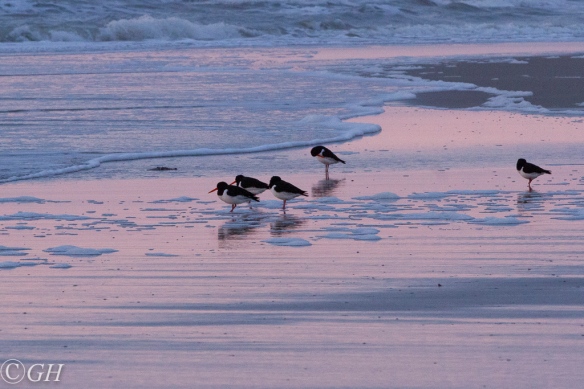This 2014 Dutch video is about the Schoorlse Duinen nature reserve.
After 22 January 2020 in the Schoorlse Duinen came 23 January.
During the night, we had heard a tawny owl call.
As we were on our way, a jay called.
We arrived at De Kerf sand dune valley.
A wren called from a bush.
This video shows a wren singing in March 2014.
On the beach, near the floodline, sanderlings.
On a sandbank, a lesser black-backed gull, herring gulls and black-headed gulls.
A great cormorant flies.
Scores of oystercatchers, on the beach.
On a pier near beach pole #30, a purple sandpiper.
Two carrion crows.
We walk back. This was our last full day in the Schoorlse Duinen.



















